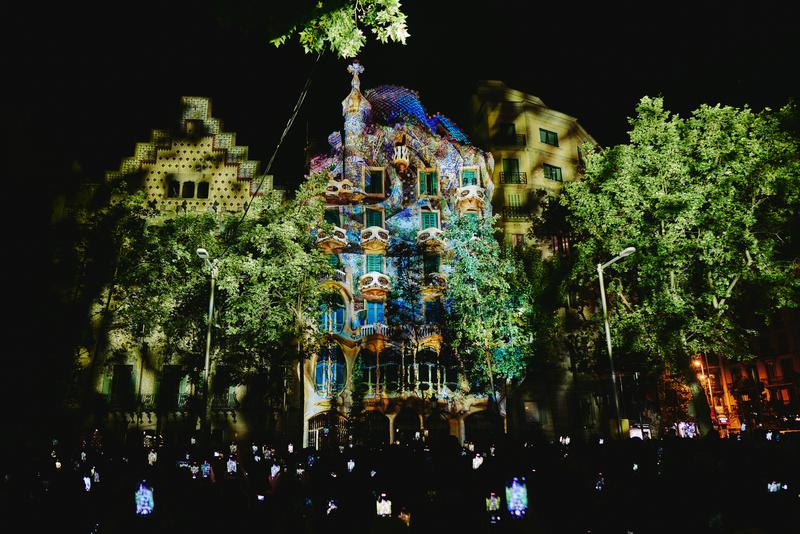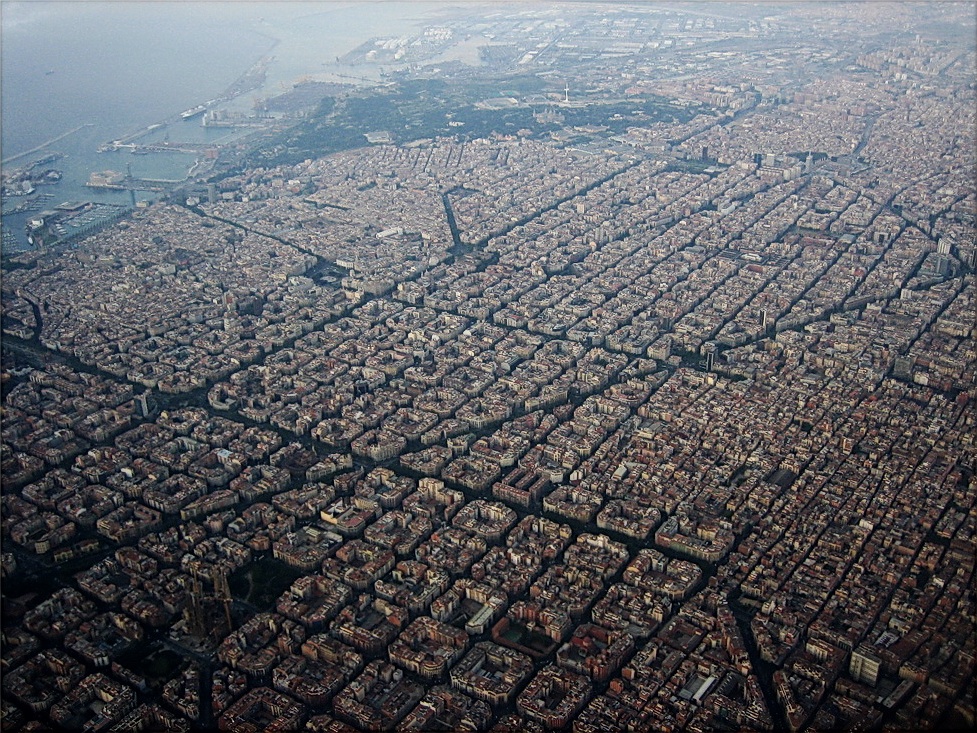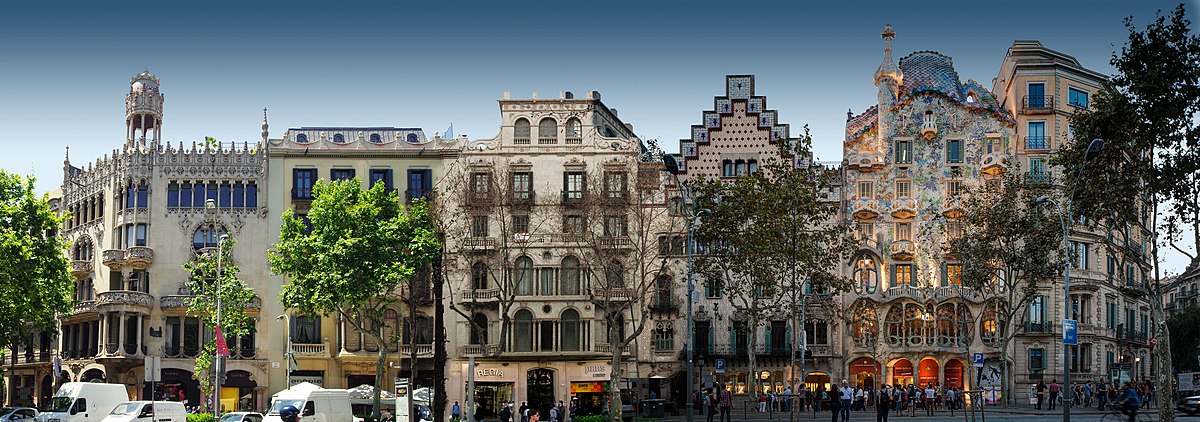Barcelona's luxury and art street: 200 years of Passeig de Gràcia
Wealthy families and Catalan modernist architects created the boulevard's unique look

Passeig de Gràcia, one of Barcelona's most known and visited boulevards, is celebrating its 200th anniversary. The iconic wide tree-lined boulevard filled with luxury, art, and power holds years of history in its buildings, pavement tiles, and sculptures.
In these 200 years, Passeig de Gràcia has undergone several changes and seen the city's most important people walk along it. But how did Passeig de Gràcia become the street it is today?
Let's go back to the 19th century. Before Passeig de Gràcia, there had been a street that connected Barcelona's walled old town with Vila de Gràcia, a separate town at the time.
Much of that was destroyed during the Napoleonic invasion in 1808, prompting local authorities to fix the road some years later, with the restoration of Passeig de Gràcia beginning back in 1824.
Along with the restoration of the emblematic street came another plan for the city: Pla Cerdà. Engineer Ildefons Cerdà designed the Eixample neighborhood in the 19th century, a unique grid system of octagonal blocks that surround the Sagrada Família, with Avinguda Diagonal cutting across it.

With these changes, the city's wealthiest families moved away from the old town to more spacious areas, which quickly became more prestigious.
To be a person of importance at the end of the 19th century, it was necessary to stand out and make yourself seen. That occurred not only by wearing the finest clothes and hats, but also by having a home built by the most daring and illustrious of architects.
The dominant art movement at the time was Catalan modernism, which in architecture was characterized for being as decorative as possible and nature-inspired. Each architect had their own style, which is why houses on Passeig de Gràcia look so different from one another.
In fact, there is even a block on the boulevard called the Block of Discord, in Catalan 'Illa de la Discòrdia', which architects considered a "competition" to outdo each other. Some of its boldest buildings are Casa Batlló, one of Barcelona's most-visited tourist attractions with one million visitors every year, Casa Amatller, and Casa Lleó Morera. Some of the block's lesser-known buildings are Casa Mulleras and Casa Bonet.

Barcelona is a city that is known for architect Antoni Gaudí's creations. Passeig de Gràcia is home to not one but two of his buildings: Casa Batlló and La Pedrera - Casa Milà. Even the pavement tiles are special, with sea life patterns designed by the artist.
The architect's creations all over Barcelona are considered World Heritage sites by UNESCO. This includes Park Güell, Güell Palace, and the famous unfinished Sagrada Família Basilica, among others.
Another one of the most important buildings on the street is Palau Robert, a historic building located where Passeig de Gràcia Boulevard meets Diagonal Avenue.
Palau Robert is a great example of what the Catalan bourgeoisie was like back when Passeig de Gràcia was built. The palace was created for Robert Robert i Surís, a Catalan aristocrat and nobleman.

In 1981, the Catalan government acquired the building and it is now used for cultural events. The new post-Franco Catalan government considered it necessary to have a space for their exhibitions and to transform it into a large cultural center.
"At Palau Robert, we always have free activities to bring culture to the people," Eva Pomares, the government outreach official, told Catalan News in a recent interview "Passeig de Gràcia is a great artery that not every city in the world is lucky enough to have. Obviously, every city has shopping areas, sometimes with luxury brands, but Passeig de Gràcia also has exceptional architecture," Eva added.
The boulevard’s most particular feature, however, is its perfect blend of unique architectural heritage and high-end shopping.
Once the wealthy families started moving to the street and showing off their splendor, it didn't take very long for businesses and luxury brands to follow and open stores on the ground floors of buildings, following their clientele into the city expansion areas.
Passeig de Gràcia is still home to significant wealth and power, as it did 200 years ago, but it has changed its shape: now it is mainly in the form of businesses, banks, consulates, hotels, and luxury boutiques as well as Barcelona's stock exchange.
In these 200 years, Passeig de Gràcia has been through some changes, but it still maintains its essence. In the 19th century, people used to go to the boulevard to make themselves seen, but nowadays people come from all over the world to see what Passeig de Gràcia has to offer.